When to drip faucets – avoid frozen and burst pipes by taking expert-approved precautions
Do it right and do it well with our pro tips
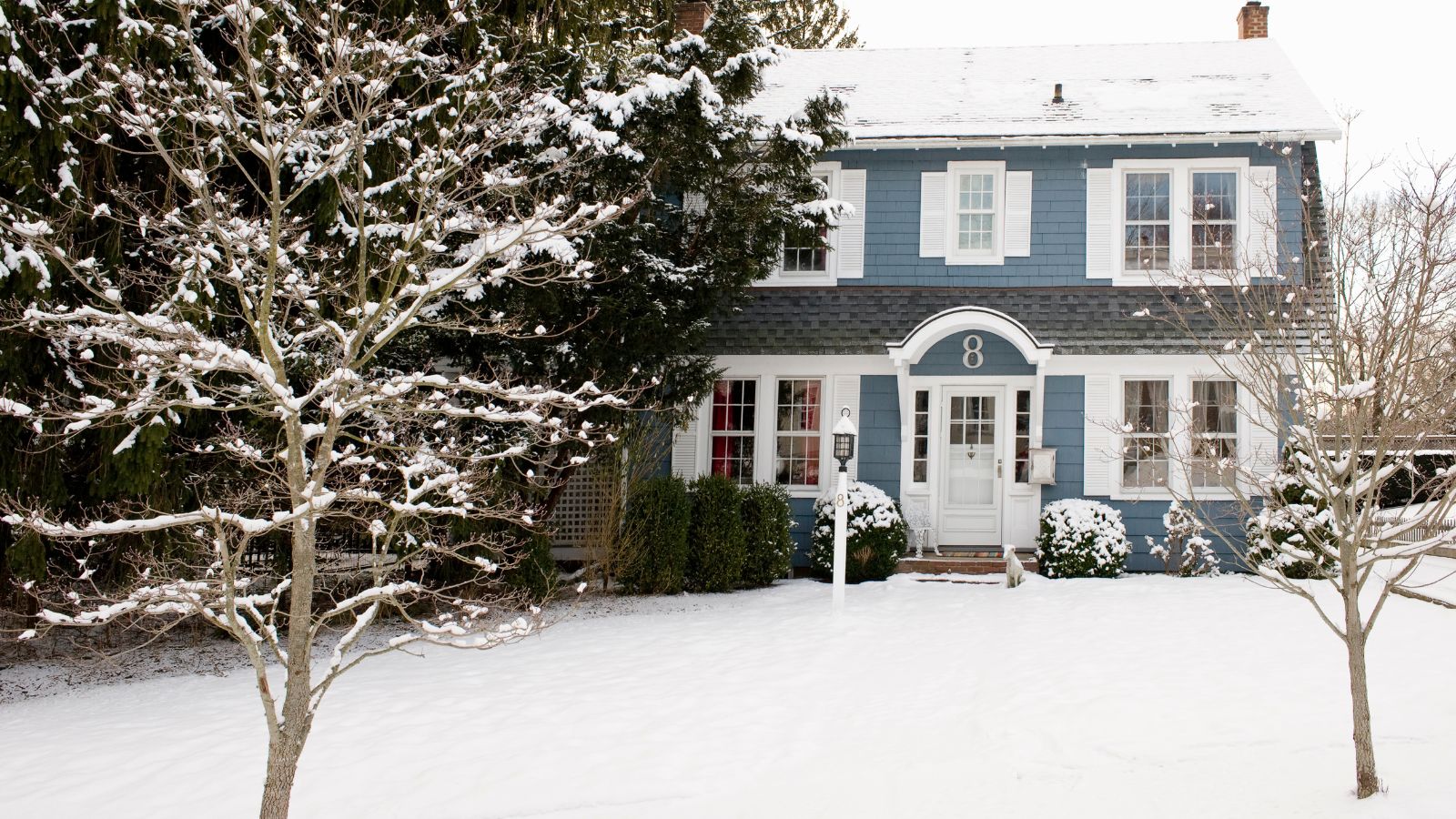
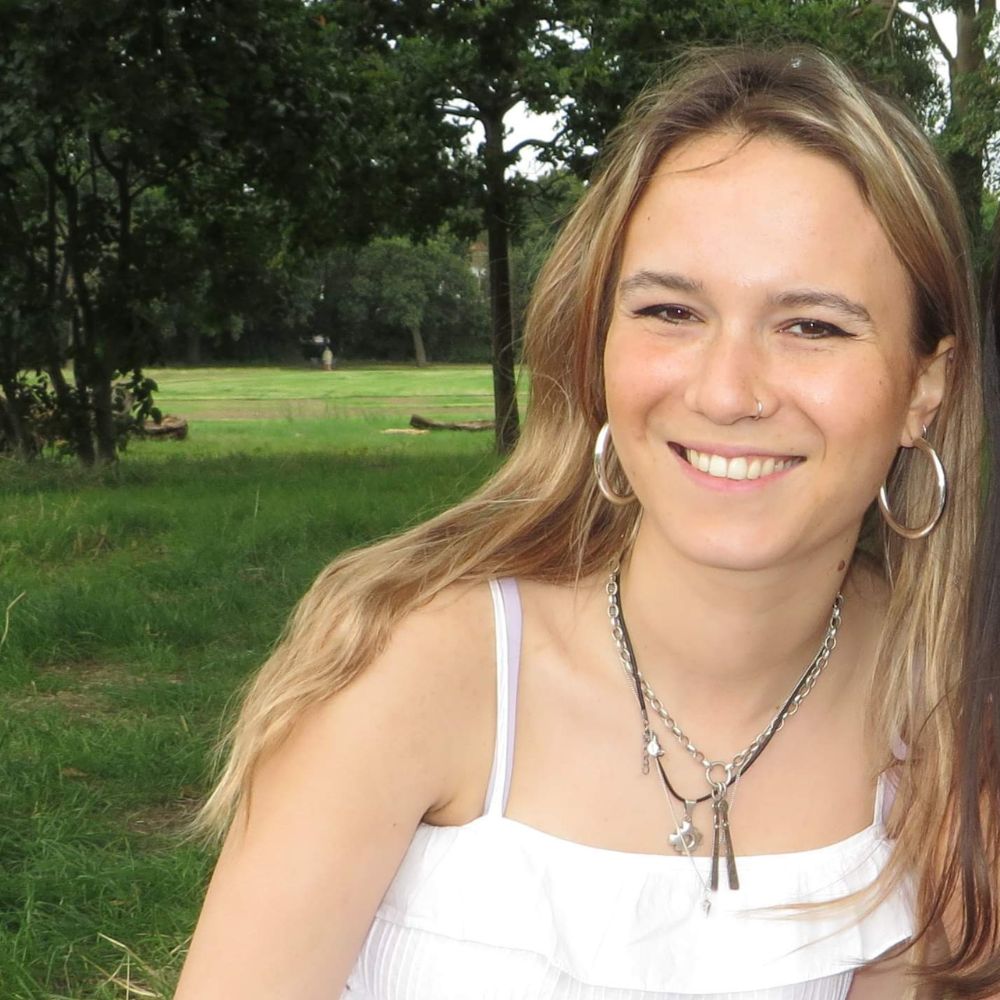
Knowing exactly when to drip faucets is not quite common knowledge, and you'd certainly be forgiven if finding out the details haven't been at the top of your priority list.
But, as temperatures plummet to sub-zero, it's now more important than ever to know when to get the job done swiftly and efficiently. Can you get away with waiting another week – or are your taps under threat right now?
Here, we spoke to plumbing experts for their tips on winterizing your home plumbing indoors to save your taps this season, and how to avoid the most common dripping mistake in the process.
When to drip faucets
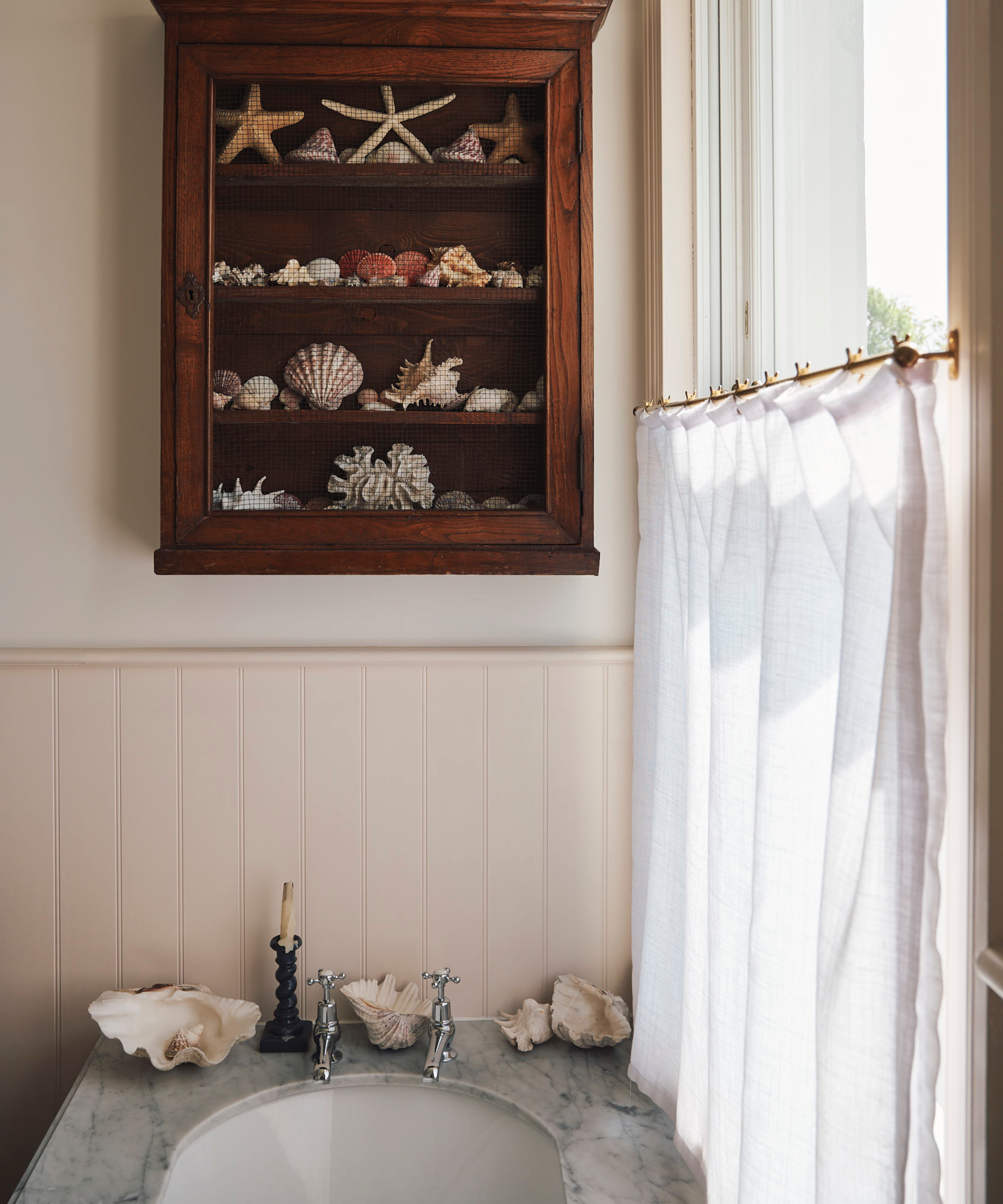
Much like knowing when to cover your outside faucet, the easiest way to determine when to drip your faucets is by considering the weather, and knowing when to worry about pipes freezing.
As Jake Romano, plumbing expert at John the Plumber, explains, 'Frozen pipes become a real threat at 20 degrees Fahrenheit (-6.6 degrees Celsius) or lower.' Therefore, as soon as cold weather hits these temperatures, drip your faucet if it is connected to a pipe.
'When the temperature falls below freezing, and a water supply is exposed to these freezing temperatures, the water can freeze in the pipe,' Romano continues. 'When this happens, the water in the pipe expands. Without anywhere to go, your pipe can expand and break.'
Similarly, Enoch Heise from Legacy Plumbing, one of the highest-rated plumbing companies in the Dallas Metroplex, reiterates Romano's warning, adding that he especially recommends dripping your faucets at this time of the year when they are located on the exterior walls of the home. 'It is also a good idea to open the cabinet doors to help circulate warm air near the pipes,' he says.
Which faucets should be dripped in winter?
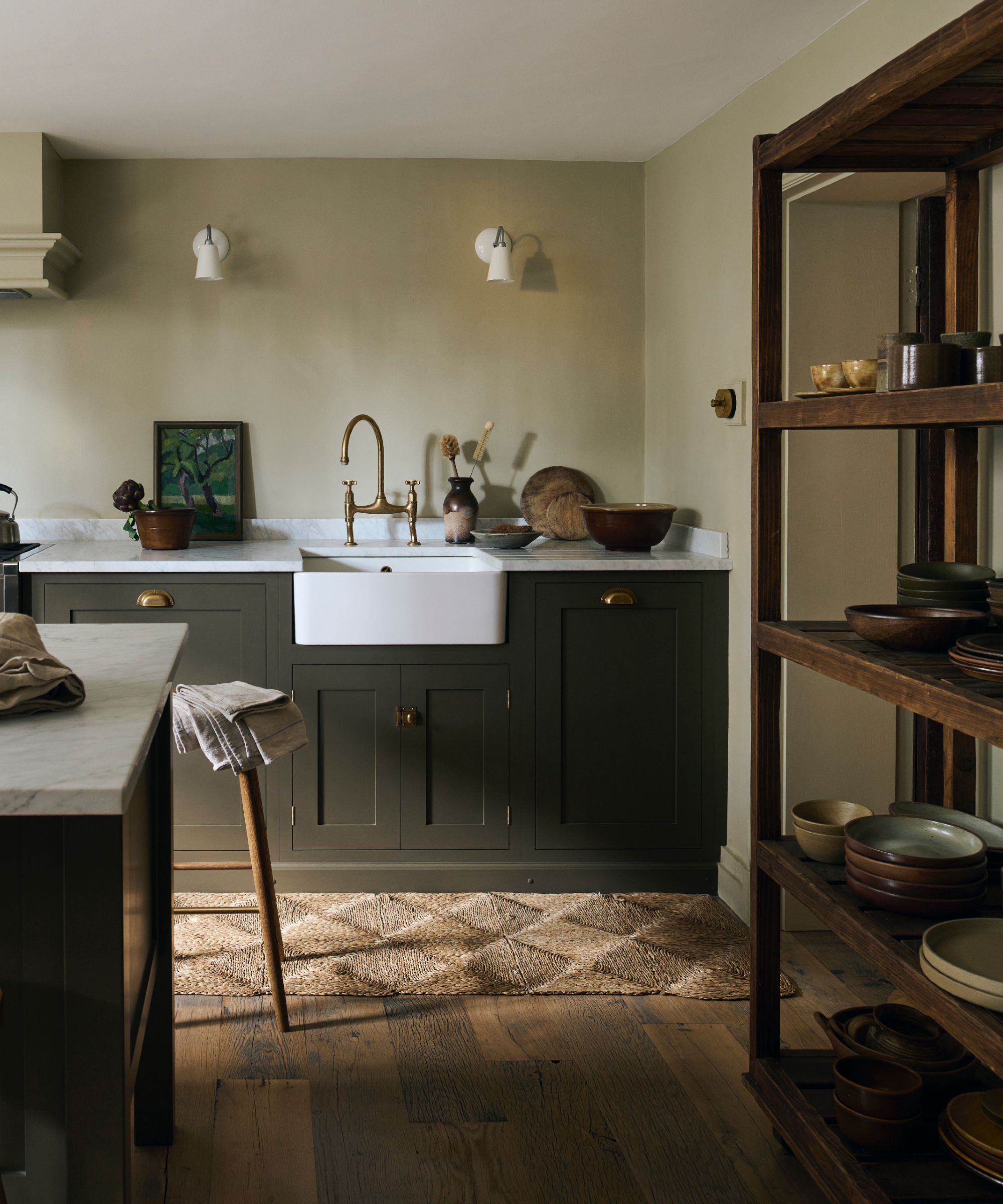
To stop pipes from freezing, you will need to consider the layout of your plumbing, and the areas most vulnerable to the cold – as dripping faucets will keep pipes from freezing. 'It's most important to drip water on faucets supplied by pipes that run along exterior walls,' says Aaron Adams, master plumber and CEO of Aaron Services: Plumbing, Heating, Cooling. These are the pipes most exposed to extreme temperatures, and, therefore, most likely to burst.' Don't forget faucets connected to unheated attics, basements, or uninsulated crawl spaces, too.
In general, you should let at least one faucet drip in each section of your home. This is particularly crucial if your home has multiple floors or distinct areas, like an extension or a wing. If you have the option, choose faucets that allow you to control hot and cold water separately and let both drip slightly. This ensures that both hot and cold water lines are less likely to freeze.
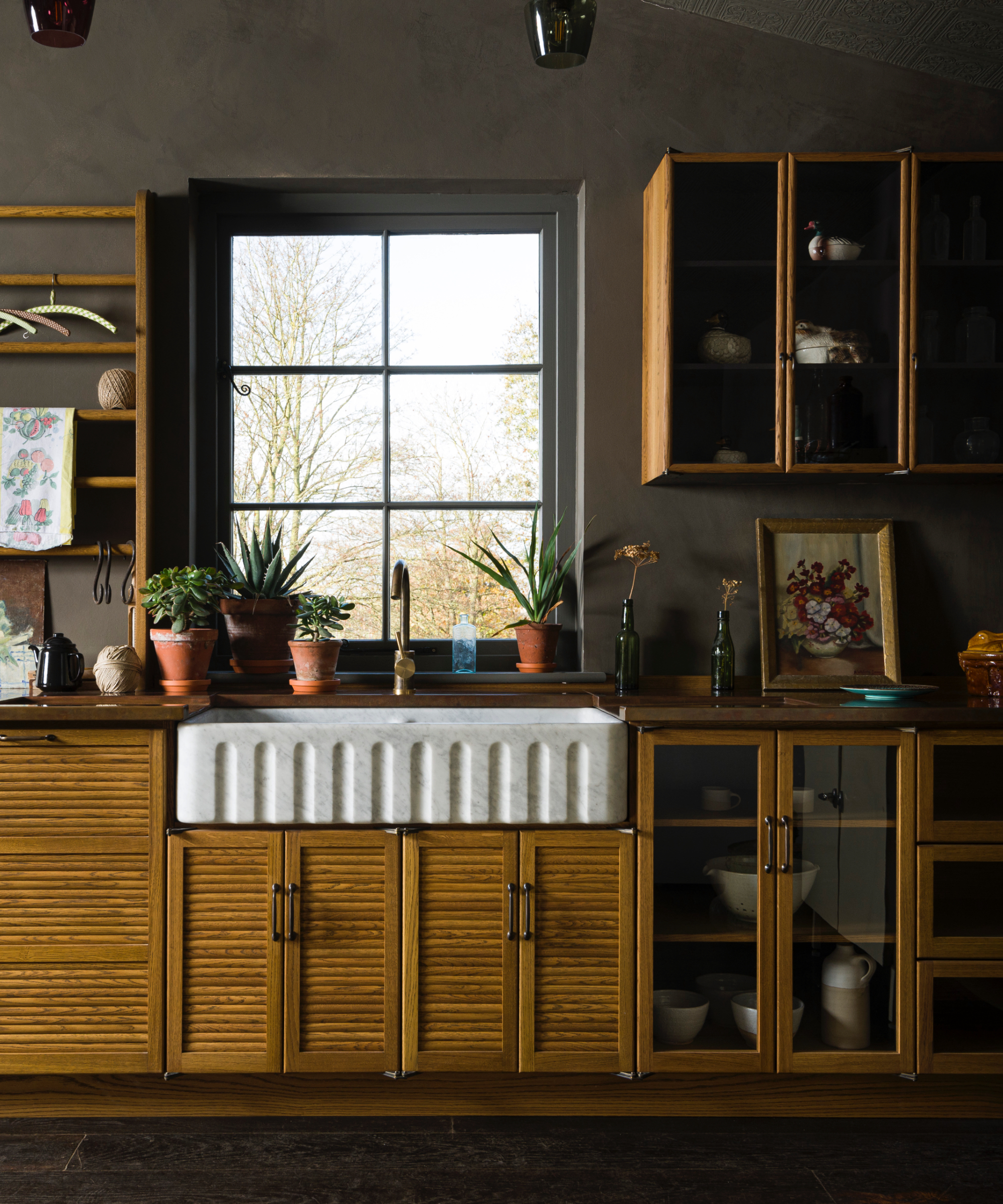
And, if you're wondering how to drip faucets to prepare your home for a freeze, luckily, Adams assures, 'Dripping faucets is easy.'
To do so, he advises, 'Turn your taps on just enough to drip,' and leave them dripping until the temperature outside consistently stays above freezing. This is typically when the weather forecast indicates that the daytime and nighttime temperatures will stay above 32°F (0°C).
In contrast, to protect outdoor hose bibbs or outside faucets from freezing, Allison Harrison, co-owner at Goodbee Plumbing and Drains, says, 'You need to pay closer attention to when the temperature drops at all,' and should ensure they are completely shut off and drained, rather than dripped.
Harrison continues, 'At the start of the colder season, you can cut off the water supply to these faucets and drain them to avoid any freezing.' Then, cover outside faucets with faucet covers, such as the Home Intuition Outdoor Foam Faucet Covers available at Amazon. 'Any generic cover will do as long as it's insulated, since these trap some of your home's internal warmth on the outside faucet,' adds Harrison. 'I really only recommend these instead of draining your faucets entirely if you live in a warmer climate that doesn't freeze every night.'
All prices correct at the time of publication.

This top rated foam faucet cover protects your faucets from extreme temperatures, and is durable and reusable for seasons to come.
What is the most common faucet dripping mistake?
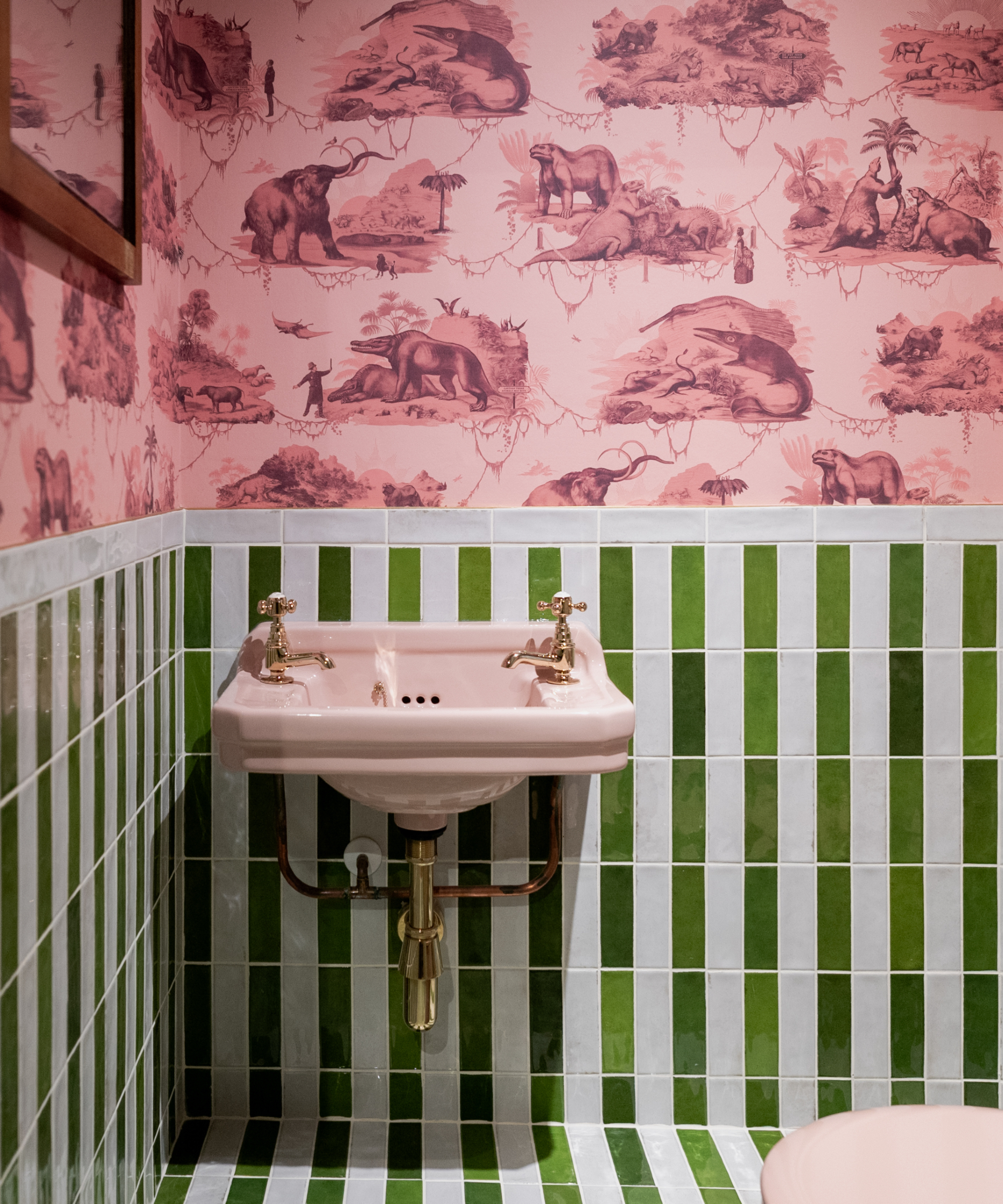
Importantly, plumber Enoch warns that many people often forget to drip both the hot and cold water through the faucet, leaving pipes unprotected at the end of the process despite their best efforts.
'This can be trickier with single-handle faucets like many kitchen sink faucets. It is critical, though. If water isn't flowing through either the hot or the cold, then you won't have any freeze protection for those pipes,' he says.
To avoid this problem, Chris Palmer, owner of Raptor Roofing & Plumbing recommends turning both the hot and cold handles just enough to get a steady drip, which should be roughly the width of a pencil lead. 'You should see about one to two drips per second,' he says. 'For single-handle faucets, position the handle so you get both hot and cold water dripping.'
It's also worth taking the time to insulate your pipes ahead of freezing weather where possible, using heated pipe cables or foam insulation.
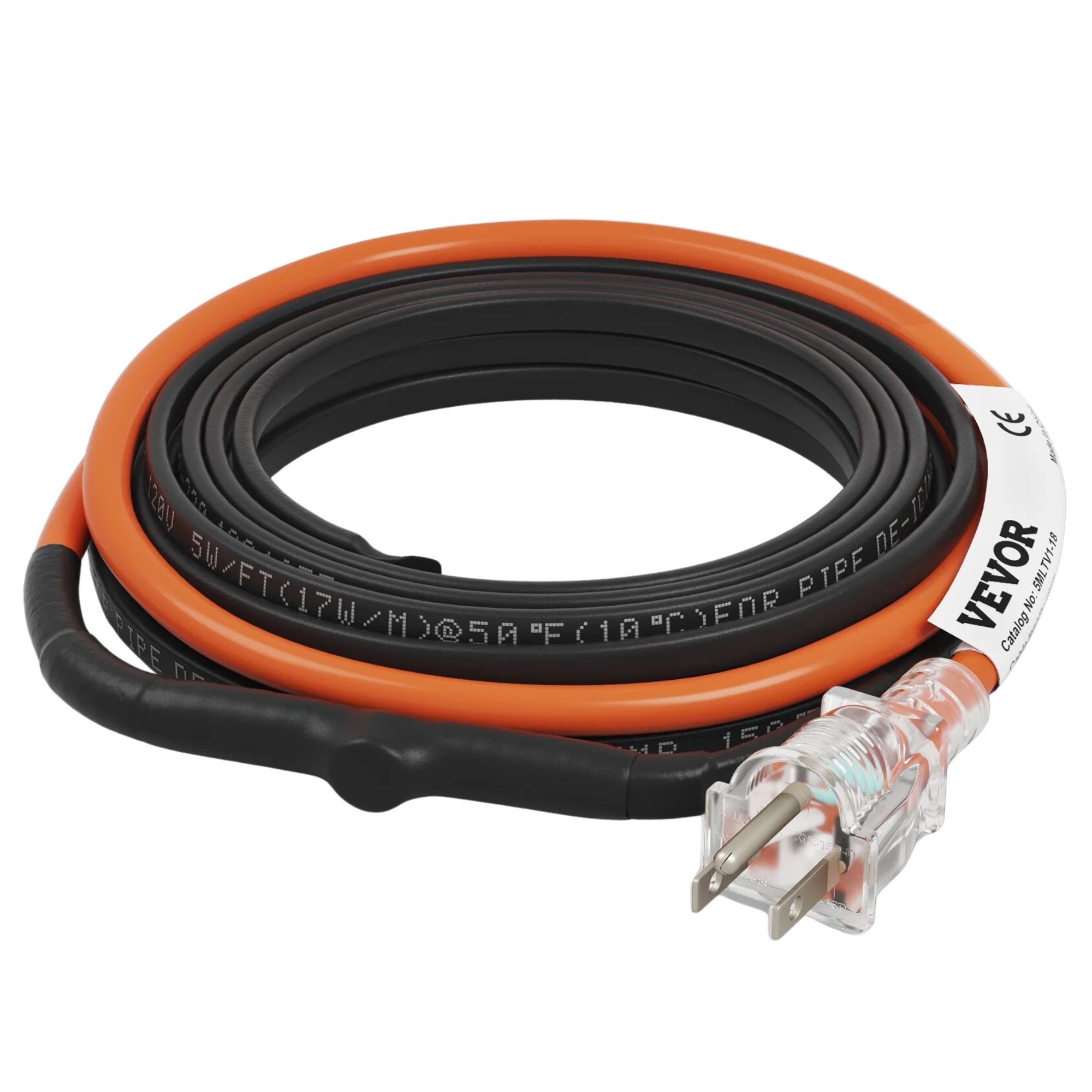
This pipe heating cable effectively protects pipes in even the harshest of temperatures, with a premium built-in thermostat and auto-on function.
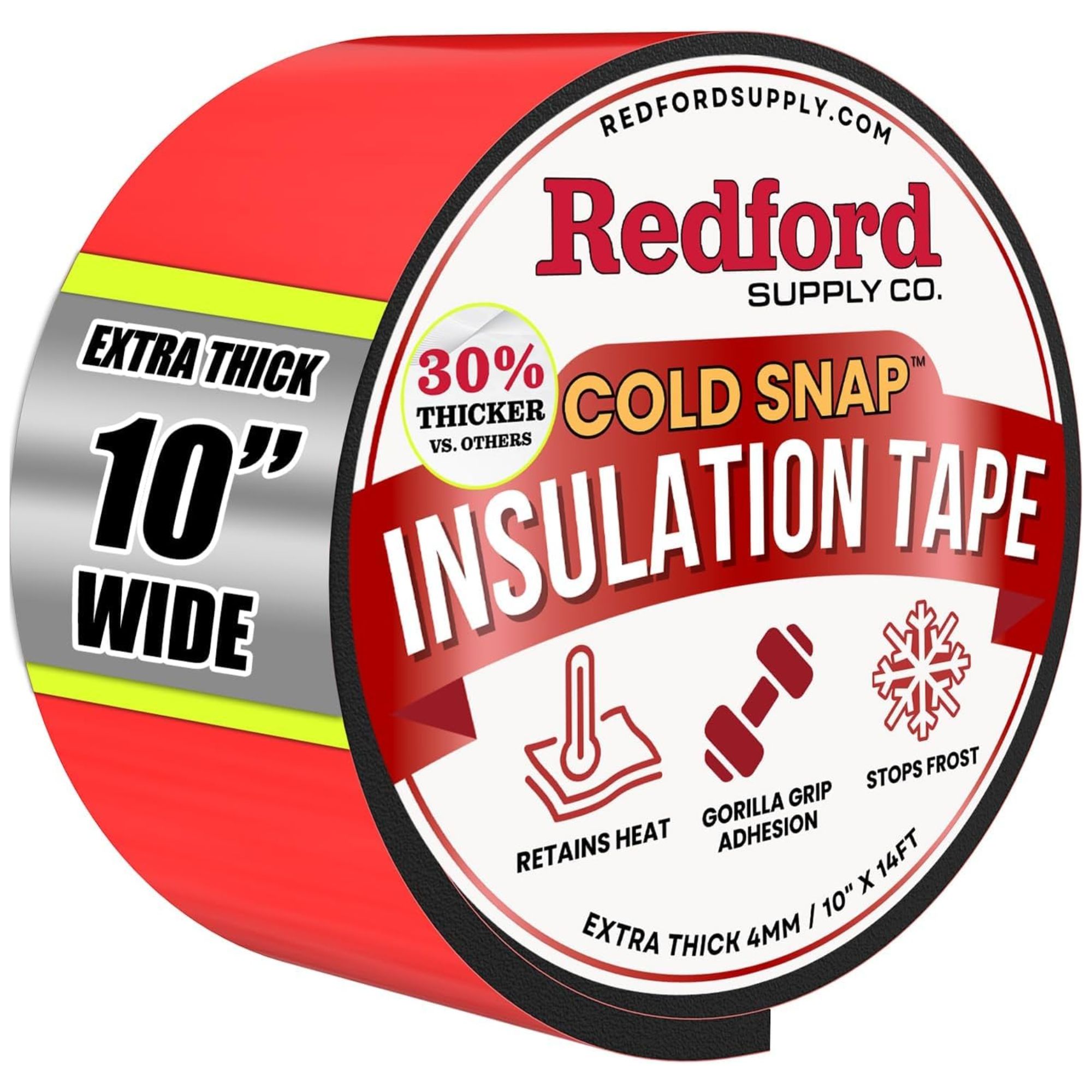
Built to withstand harsh temperatures for 25 years, this insulation tape is durable, providing freeze-proof, waterproof insulation for your pipes.
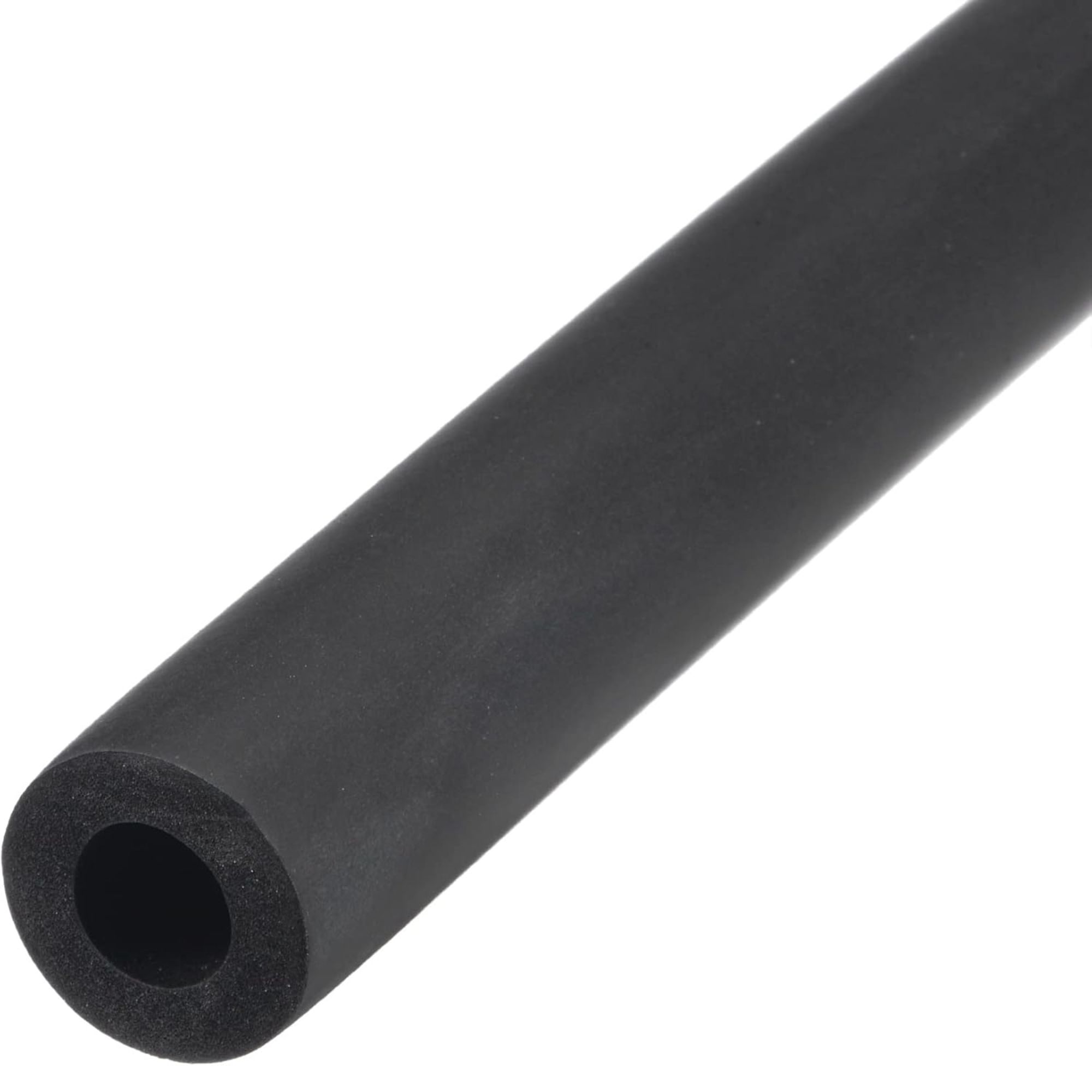
This pipe insulation is made of soft yet durable rubber, making it easy to bend and both age and weather-resistant.
FAQs
Will shutting off water keep pipes from freezing?
Shutting off the main water supply to your home can be an effective step in preventing your pipes from freezing, particularly if you're planning to be away during cold weather. When the water is turned off, it's also important to drain the pipes by opening faucets. This helps by removing water that could potentially freeze and cause pipes to burst. Remember, it's not just about stopping the flow of water but also about ensuring there's no standing water left in the pipes that could freeze.
What temperature should my home be to prevent pipes from freezing?
The perfect temperature to run your heating to avoid frozen pipes in winter is around 55˚F. This is also the ideal temperature to set your thermostat on when on winter vacation.
This temperature is warm enough to help reduce the risk of freezing in the pipes inside your house, particularly those running through unheated areas like basements or attics. Maintaining this temperature is key to protecting your pipes throughout the cold season.
As plumbing expert Palmer says, 'Moving water is much harder to freeze than standing water, which is why dripping works. But don't leave faucets running all winter – just during freezing temperatures. Monitor the forecast and drip accordingly.'
If the damage has already been done, learn how to thaw frozen pipes to avoid them bursting, and how to spot even the earliest of signs.
Sign up to the Homes & Gardens newsletter
Design expertise in your inbox – from inspiring decorating ideas and beautiful celebrity homes to practical gardening advice and shopping round-ups.

Ottilie joined Homes & Gardens last year, after finishing a Master's in Magazine Journalism at City, University of London. With previous contributions in Livingetc and Motorsport Magazine, she produces content for the Solved section on the website, focusing on clever tips and tricks to keep your home beautiful, organized and clean. She also has a Master's degree in English Literature and History of Art from the University of Edinburgh, where she developed a love for inspiring interiors and architecture.
- Megan SlackHead of Celebrity Style News
- Gabriella DysonContributor
-
 I've spent 200+ hours testing vacuums and tried the viral tea bag vacuum hack to deodorize naturally. The results surprised me
I've spent 200+ hours testing vacuums and tried the viral tea bag vacuum hack to deodorize naturally. The results surprised meIt worked better than I expected, but it's not the most effective method out there
By Dan Fauzi
-
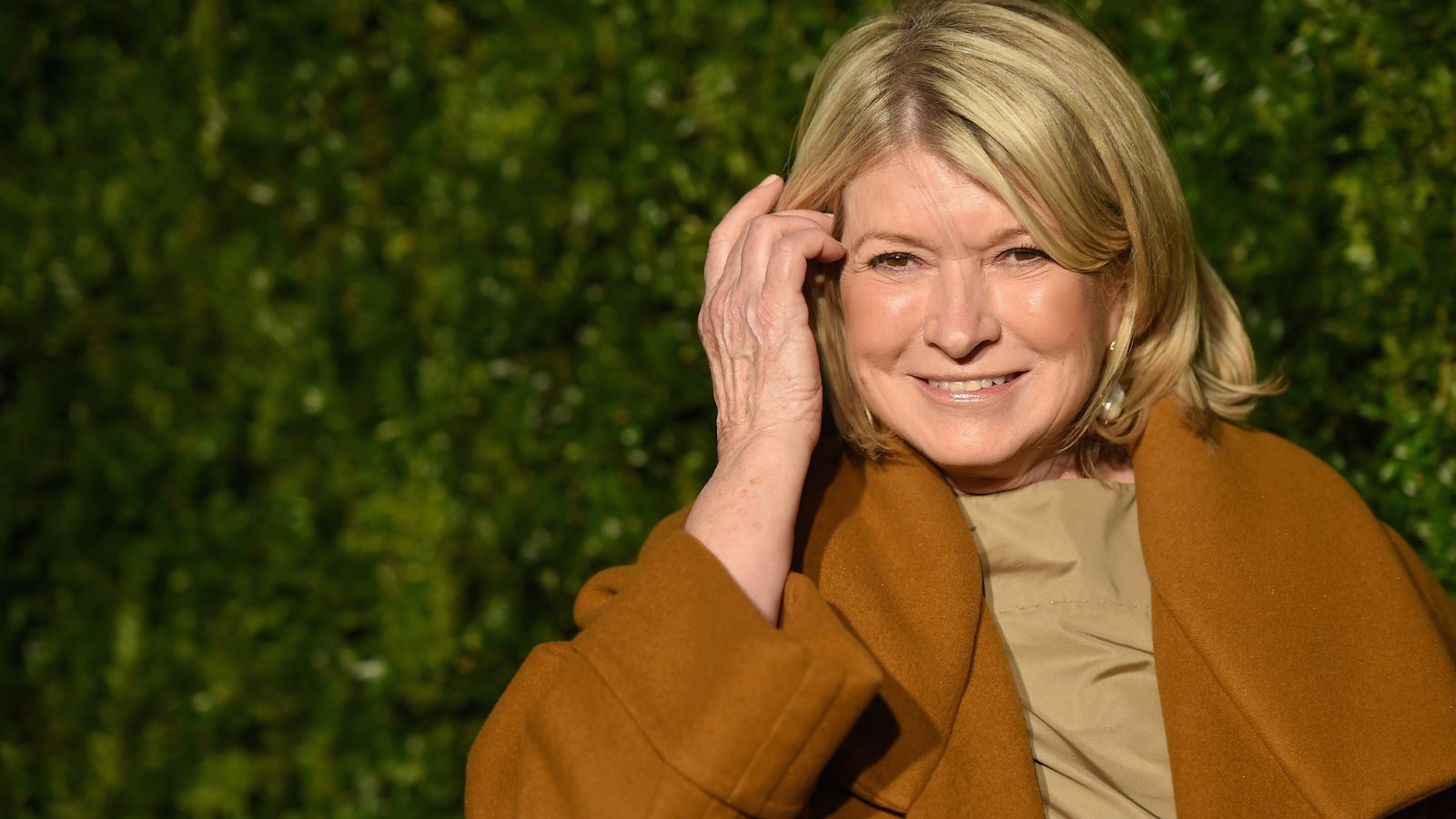 Martha Stewart's outdoor zoning method is the secret to seamless hosting for summer 2025 – it's changed how I arrange furniture on my patio
Martha Stewart's outdoor zoning method is the secret to seamless hosting for summer 2025 – it's changed how I arrange furniture on my patio11 years ago, Martha shared an intelligent way to organize your outdoor space for hosting season – it's just as smart over a decade later
By Megan Slack
-
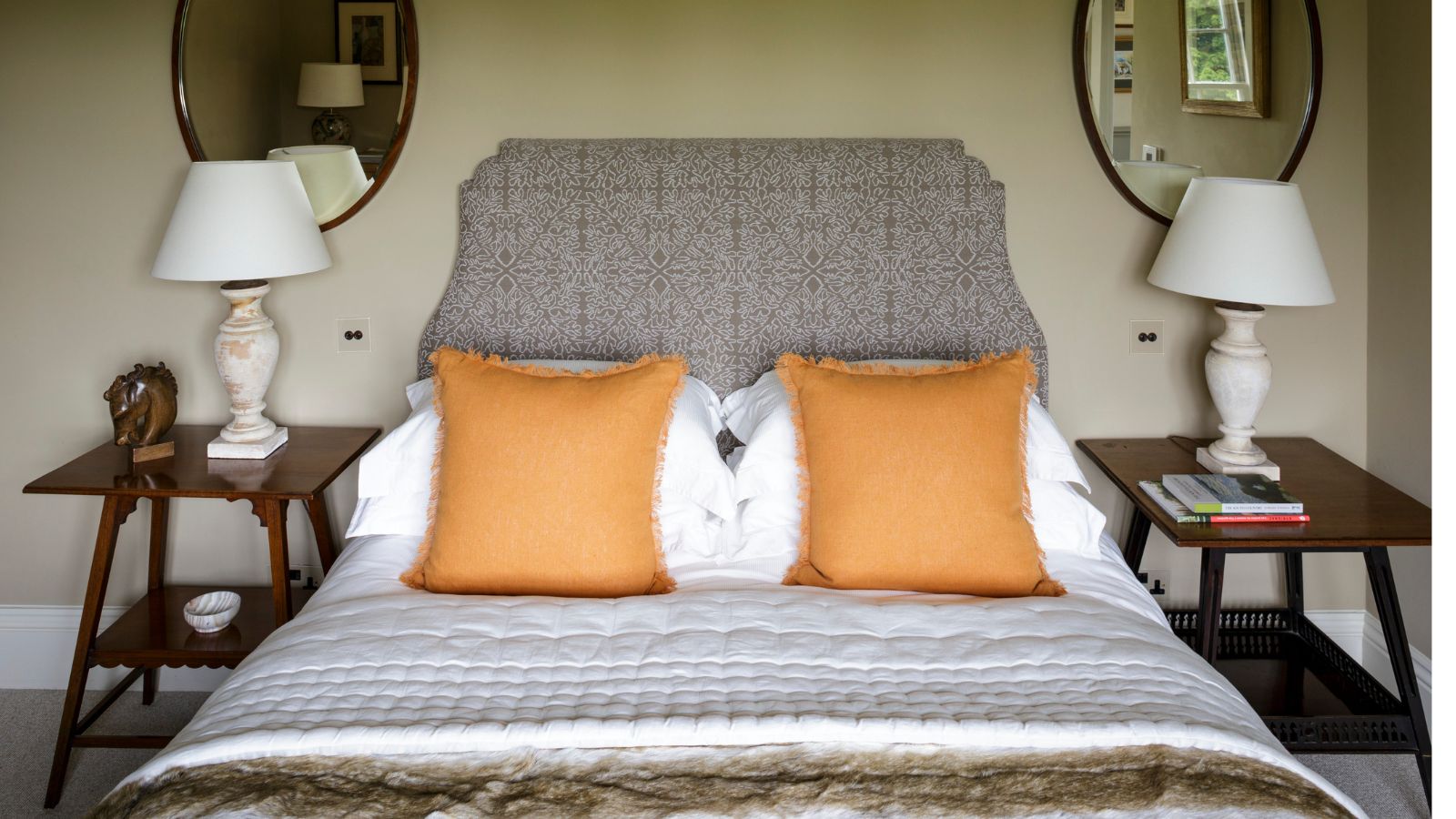 5 surprisingly practical ways to re-purpose old bed sheets for cleaning, decluttering and storage at home
5 surprisingly practical ways to re-purpose old bed sheets for cleaning, decluttering and storage at homeDon't ditch worn-out bedding – there's life in them yet
By Natasha Brinsmead
-
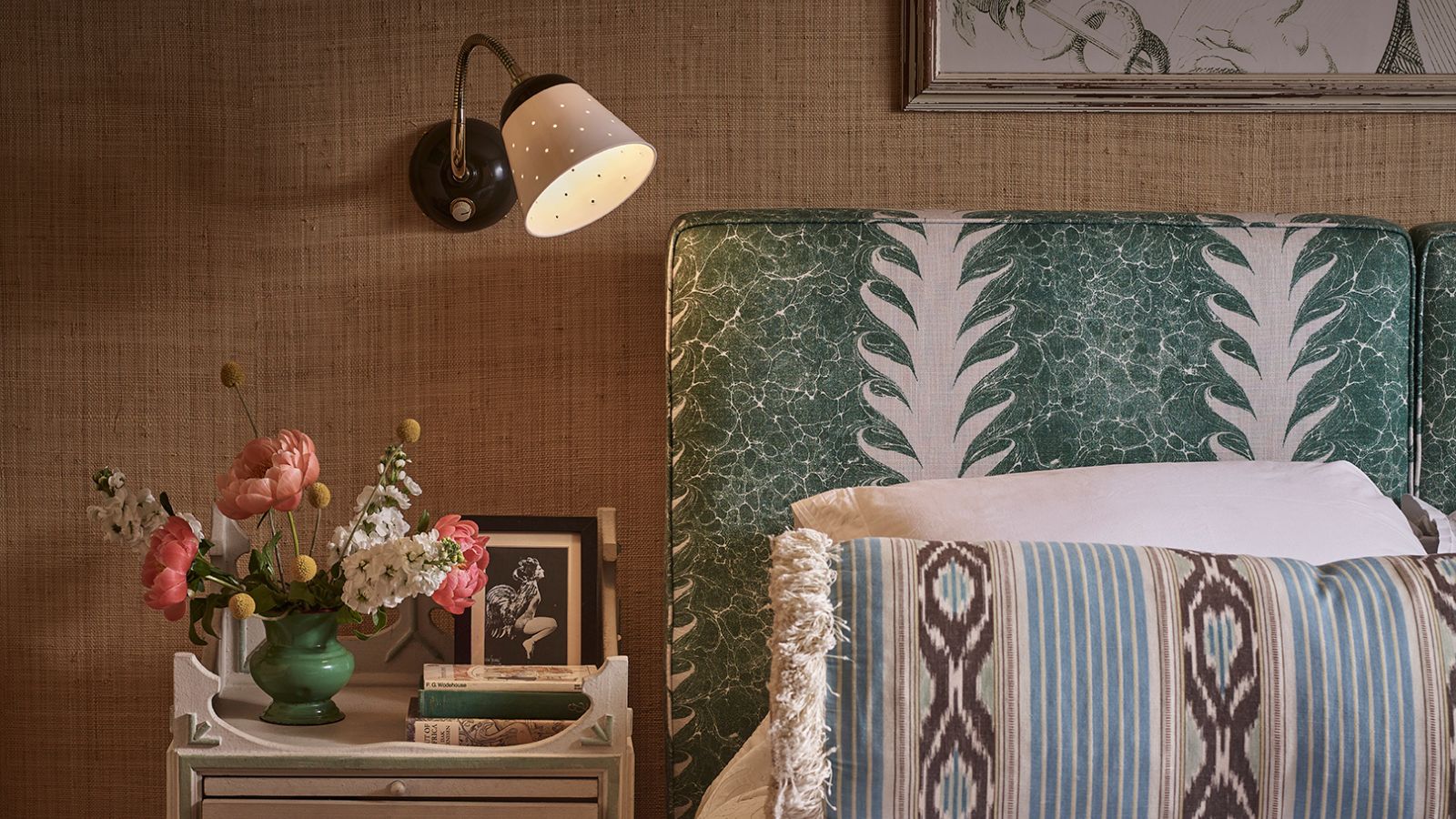 Do you need to turn the lights off when you leave a room? Experts have ended this time-honored debate once and for all
Do you need to turn the lights off when you leave a room? Experts have ended this time-honored debate once and for allOn or off? We delve into the details of this age-old dispute
By Chiana Dickson
-
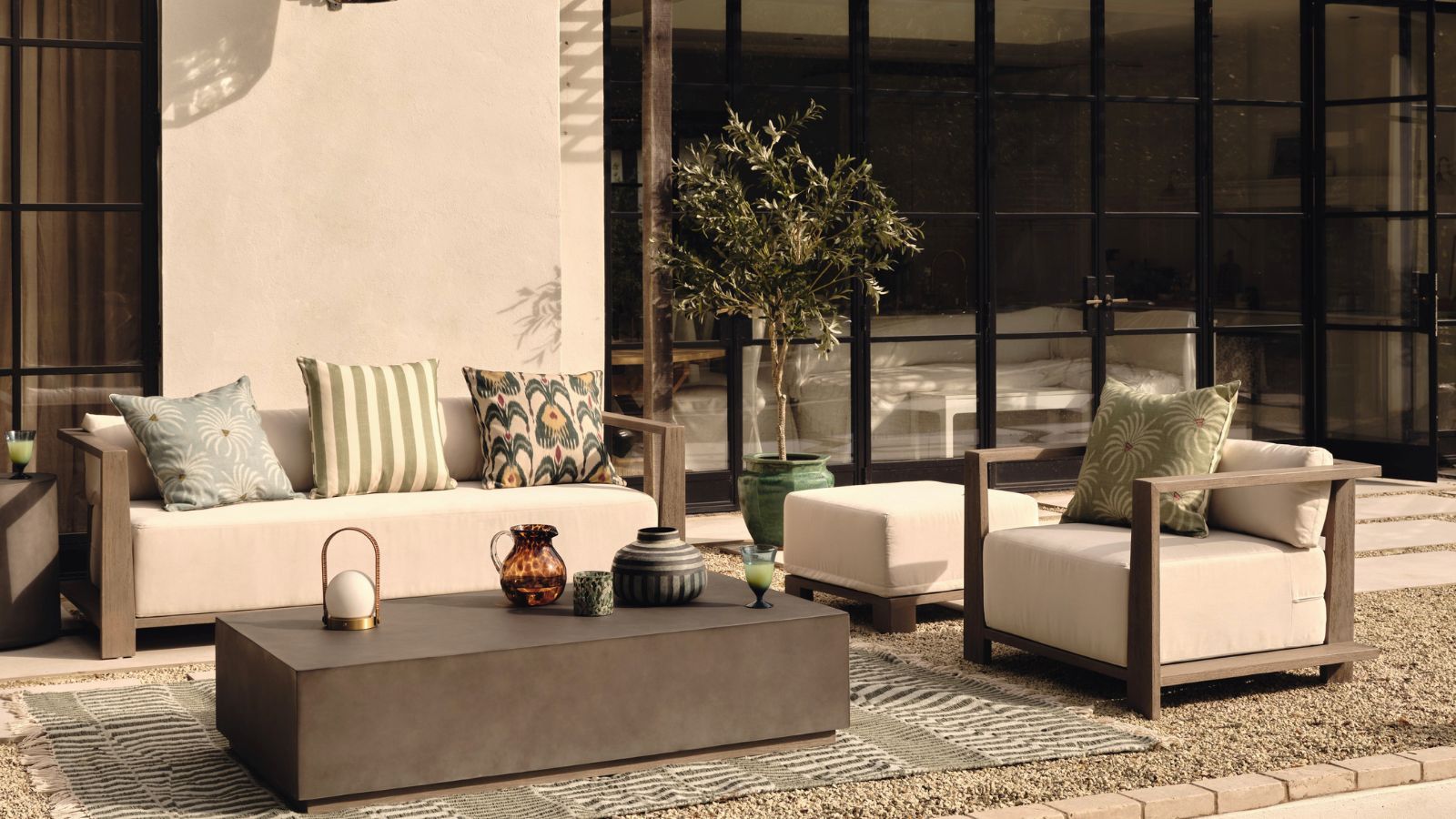 I tried the baking soda trick to quickly and naturally clean my outdoor rug – it’s now set for Easter outdoor hosting
I tried the baking soda trick to quickly and naturally clean my outdoor rug – it’s now set for Easter outdoor hostingBaking soda is perfect for lifting dirt and debris
By Eve Smallman
-
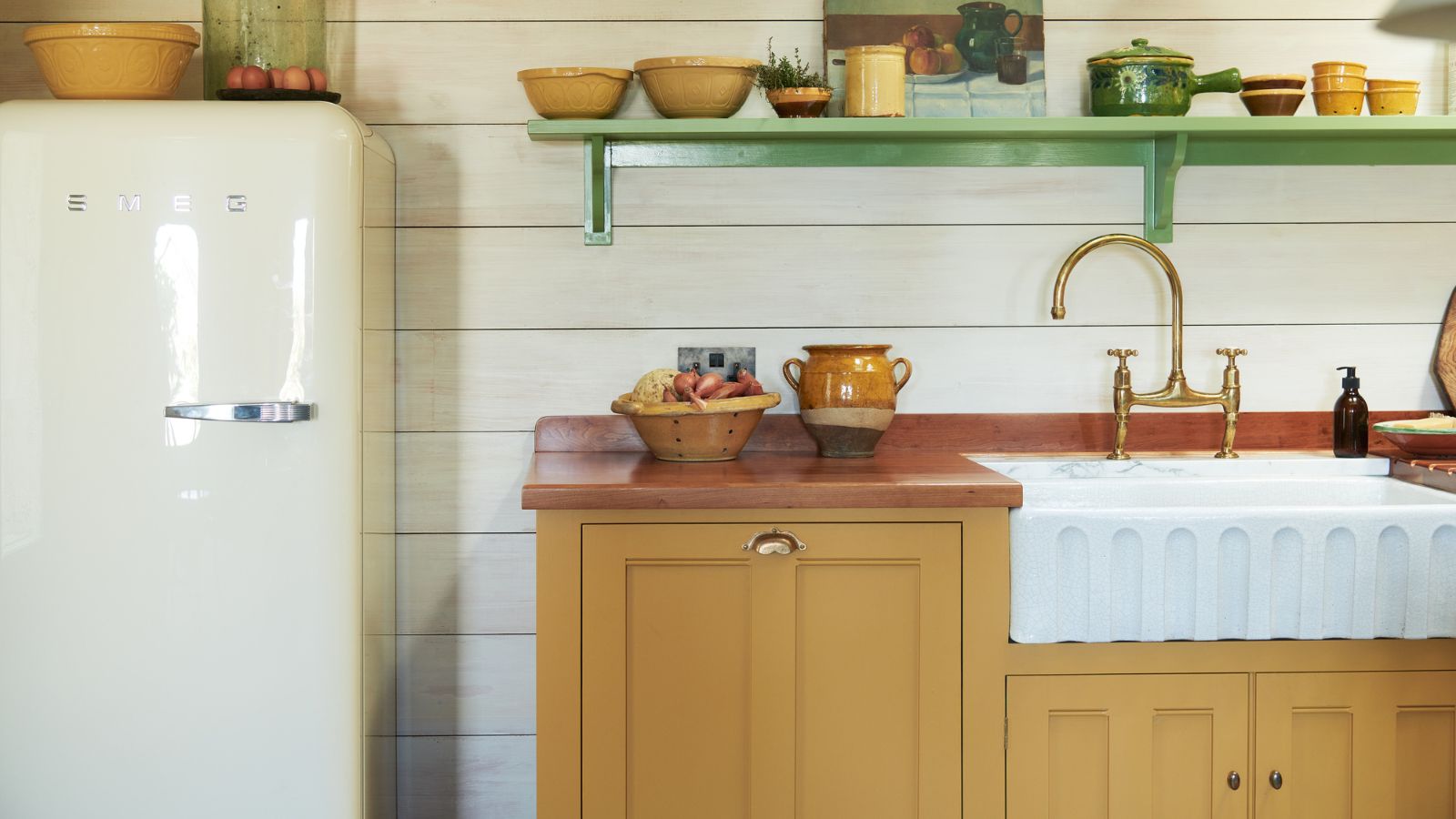 The 5 worst things you can do to your fridge – these will drive up energy costs and result in pricey and regrettable repairs
The 5 worst things you can do to your fridge – these will drive up energy costs and result in pricey and regrettable repairsIt's crucial to swerve these blunders, appliance experts warn
By Ottilie Blackhall
-
 Extend the lifespan of your appliance with 5 simple but crucial washing machine maintenance tips
Extend the lifespan of your appliance with 5 simple but crucial washing machine maintenance tipsFrom cleaning the filters to keeping the door open, experts reveal the washer tips they swear by
By Andy van Terheyden
-
 5 vital ways a home battery backup can help with your most urgent needs in a power outage – from heating to flood prevention and calls
5 vital ways a home battery backup can help with your most urgent needs in a power outage – from heating to flood prevention and callsExperts say they're a worthy investment
By Clement Feng
-
 I’m an HVAC technician, and this is when I turn on my AC each year – plus 5 checks I always do beforehand
I’m an HVAC technician, and this is when I turn on my AC each year – plus 5 checks I always do beforehandSave yourself an AC hassle by running my checks and turning it on before big heat hits
By Josh Mitchell
-
 6 things you should never throw in the trash – and what to do for safe disposal instead
6 things you should never throw in the trash – and what to do for safe disposal insteadFrom batteries to space heaters, experts reveal what not to throw
By Andy van Terheyden